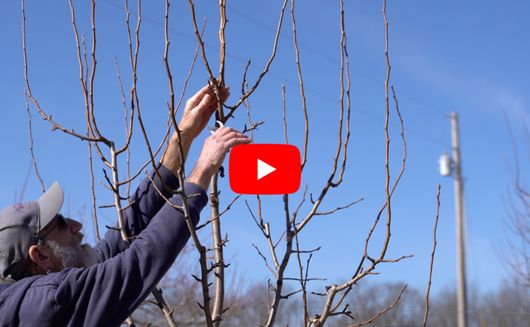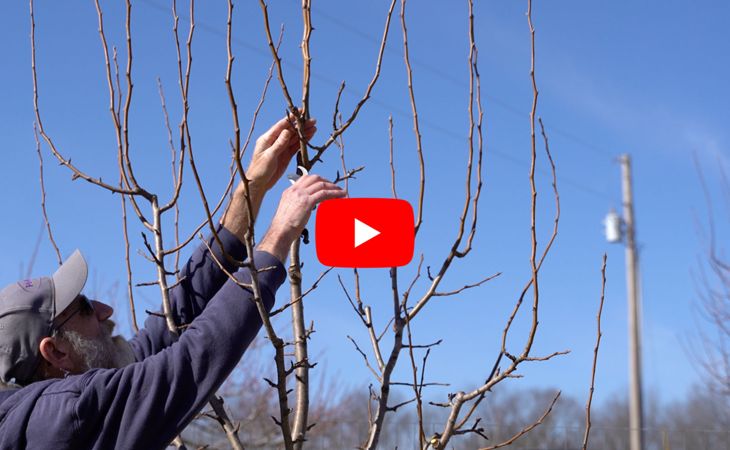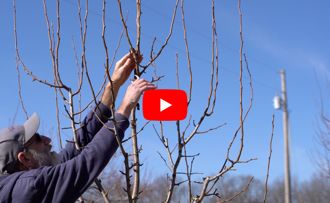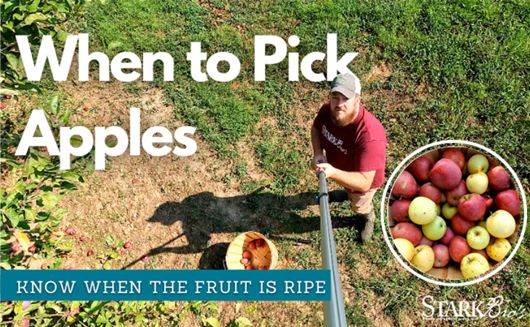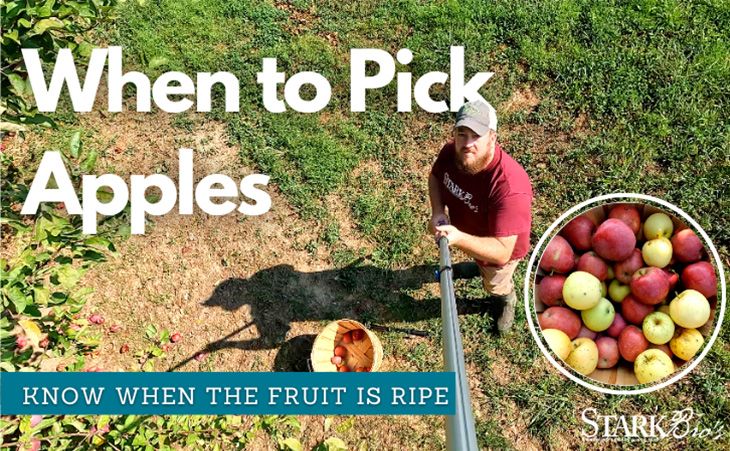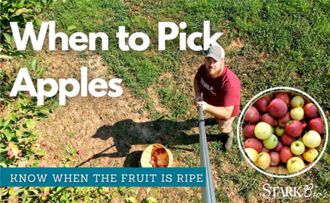Fruit Tree Care: Removing Tree Suckers & Watersprouts
Sometimes, when we garden, it's thrilling just watching things grow – but not all growth is beneficial. Suckers and watersprouts are some common examples of fast new growth that take away energy from plants and trees. In this article, we're going to focus on what tree suckers and watersprouts are and why they should be removed from grafted fruit trees and nut trees.
Ideally, any growth from below the graft union or growth coming from the roots/below the ground on a fruit or nut tree should be removed as soon as it appears. This same thing applies to fast-growing vertical shoots coming from the trunk/branches that may appear later on in your tree's life as it matures.
Allowing suckers and watersprouts to remain on your fruit tree or nut tree will only take away from the vegetative and fruiting wood you want to grow strong and healthy. If you're wondering exactly what a sucker or a watersprout is, then let's go over some definitions.
What are Tree Suckers and Watersprouts?
- Suckers: Vegetative, adventitious growth coming from the root system of a tree
- Watersprouts: Vegetative, vigorous, vertical growth stemming from a tree's trunk or branches
*While sometimes used interchangeably, "suckers" differ from "watersprouts". Suckers and watersprouts also differ from Stolons and Rhizomes.
Removing Tree Suckers

Suckers, which grow from the rootstock, steal nutrients from the grafted part of a tree. The sucker may go on to produce fruit, but it is going to differ from the variety that was selected to plant.
Rootstocks are often selected for characteristics like size (dwarf) and disease resistance – not fruit production or quality.
For example, a Granny Smith apple tree will not have a Granny Smith apple rootstock, so there would be no real benefit from allowing suckers to take over. Chances are, you will not be pleased by the plant produced by the tree sucker. Remove them to improve the health of the plant overall.
You may have to move some soil to find the base of a sucker. Remove any suckers growing from the base of the roots – noting the difference between those and the intended tree with the graft union is key. Be sure to remove as much of the sucker growth as possible.
This process will need to be repeated if suckers emerge again, but it is a simple task. As long as they are not allowed to persist for several seasons, even several suckers can be removed within minutes.
Removing Large Tree Suckers

You can identify a sucker vs. the grafted tree truck by finding the graft union. The graft union is the large bumb you see just above the soil. Any growth coming out from the ground that is not on the trunk with the graft union is a sucker and needs to be removed to help promote growth to the correct trunk - which is the intended variety planted.
Remove large suckers by cutting them off with a pair of sharp tree shears or loppers. Leave the collar of the sucker (the small bulge where the sucker meets the mother branch) to help the tree heal over the wound and prevent the sucker from growing back. Cover with topsoil or compost, leaving the graft union exposed.
Removing Watersprouts
Watersprouts can arise from weather or other damage. It is not a recommended practice for many reasons, but over-pruning – like when a tree that was unpruned for many years suddenly gets pruned heavily, all at once – can cause watersprouts to form as well. Watersprouts are fast-growing and have a tendency to grow vertically, either from the trunk or from an existing branch, and they block light and air circulation within the tree.

This growth habit means watersprouts are in the way and they reduce the overall quality of potential fruit. Also, because watersprouts are usually weaker than other branches, they can be sites for breaks, tears, and disease.
Water-sprout removal should occur close to the trunk or branch from which they are growing. Just like with regular, routine pruning, be sure not to leave much of a stub behind when you remove watersprouts. This will help your tree to properly heal itself. Watch this video for a short demonstration on how and why you should remove suckers and watersprouts:
The best time of year for removal is in the early spring when you're doing other maintenance pruning; however, sometimes this unwanted growth can shoot up during the growing season, so, if you see any develop on your fruit and nut trees, grab your pruning shears and remove those suckers (and watersprouts). You'll be doing your trees a favor!
Control Sprouts & Suckers on Your Trees
- Article Categories:

